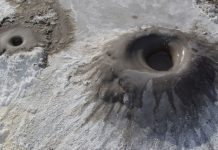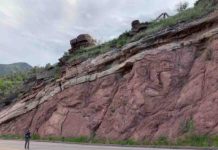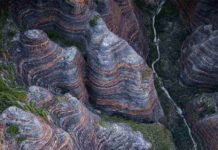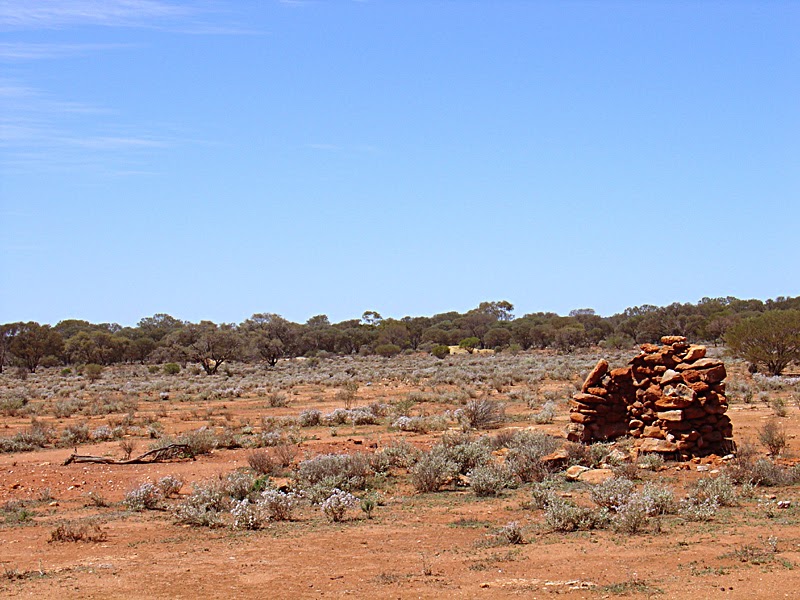
A group of geologists working for the Geological Survey of Western Australia has confirmed a long-standing belief that most of the Yilgarn Craton has a similar crustal architecture.
Structural geologist Ivan Zibra says they studied the Youanmi Terrane – named after the former gold town of Youanmi in the western goldfields – which constitutes the western portion of the Yilgarn Craton.
He says large shear zones are easily detectable from magnetic geophysical images that have been available for a long time.
“We corroborated the view proposed before,” he says.
“Many of the exposed shear zones transect the crust down to 35km, so they are large-scale structures affecting the whole craton.
“The new view is that we are dealing with a fairly homogenous craton-scale crustal architecture, in the order of 1000km in size.”
The Yilgarn bedrock dates from the Archean eon (4000–2500 million years ago) when molten magma cooled to become the earth’s crust.
Dr Zibra says more magma then deformed the solid crust, cracking and partially melting it as the hot molten material attempted to rise to the surface.
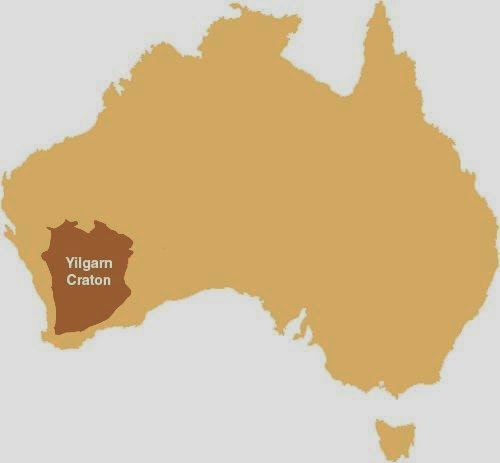 He says while the orogen’s large shear zones have been well documented for about 15 years, detailed studies were rare on a scale larger than individual mining tenements.
He says while the orogen’s large shear zones have been well documented for about 15 years, detailed studies were rare on a scale larger than individual mining tenements.
He says the group’s methodologies ranged from seismic surveys to the microscopic examinations at a sub-millimetric scale.
Having done his PhD dissertation on the Alps – a geologically young formation that has been studied for centuries – he says the Youanmi Terrane presented particular difficulties.
“Many Archean terranes are not well exposed so there are often limitations in terms of how much we can understand,” he says.
“Moreover, the 4000–2500 million years-old Archean orogens are fundamentally different from any younger one, so we miss a present-day equivalent that could help us understand how geological processes worked in the Archean.
“In the modern earth, geological processes are governed by plate tectonics, but it is currently unclear if this was the case during Archean times.
“We are providing quite a well constrained and detailed view of the interaction between deformation and magmatism.”
Dr Zibra says the Alps are regarded as a “cold” orogen, as opposed to “hot” or “ultra hot” orogens, where the deformation was accompanied by huge magmatic activity.
“This has not been really taken into account, especially here in the Yilgarn Craton,” he says.
“All the deformation processes that occur are fundamentally different if they are associated with magmatic activity.”
The above story is based on materials provided by Science Network WA








